

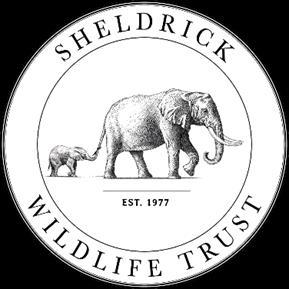
SWT/KWS MT. KENYA MOBILE VETERINARY UNIT AUGUST 2022
Report by Dr. Dominic Mijele

attended to 7 cases in the Laikipia ecosystem and Mt. Kenya region. 5 of these cases involved
August 2022, the Mt Kenya
This included the treatment and translocation of an injured leopard from Mt. Kenya Wildlife Conservancy to the Nairobi Orphanage; the treatment of 2 captive cheetahs in Mt. Kenya Wildlife Conservancy; and the collaring of 2 lions in 2 separate cases in Mpala Wildlife Conservancy and Loisaba Conservancy. The Vet Unit also attended to 2 separate pachyderm cases involving an elephant bull in Loisaba Conservancy and a male white rhino in Ol Pejeta Conservancy. Both animals were treated

August
In
Mobile Veterinary Unit
big cats.
for injuries suffered during territorial fights. Acknowledgement We greatly appreciate the Sheldrick Wildlife Trust (SWT) for its continued support which enables the Mt Kenya Veterinary Unit to respond promptly to wildlife emergencies and offer lifesaving treatment. 7 Cases in August 5 Big Cat Cases 1 Elephant Case Date Species Area Found Reason for Intervention Outcome 22 Aug 22 Leopard Mt. Kenya Wildlife Conservancy Snared Caught in a trap set within the conservancy and translocated to the Nairobi Orphanage Task successful 24 Aug 22 Elephant Loisaba Conservancy Natural Causes Seen limping and it had a swelling at the stifle joint of its right hind leg Prognosis Poor 24 Aug 22 Rhino Ol Pejeta Conservancy Natural Causes Seen with an injury on the right eye Treated successfully 25 Aug 22 Cheetah Mt. Kenya Wildlife Conservancy Natural Causes Captive male cheetah reported to be unwell Treated successfully 25 Aug 22 Cheetah Mt. Kenya Wildlife Conservancy Natural Causes Captive female cheetah reported to be unwell Treated successfully 28 Aug 22 Lion Mpala Wildlife Conservancy Collaring Collaring the adult lion Task successful 30 Aug 22 Lion Loisaba Conservancy Collaring Collaring the sub adult lioness Task successful Introduction Case Details
Kenya Mobile Vet Unit Treatment Locations


2022
SWT/KWS Mt.
August
Leopard Snared Mt. Kenya Wildlife Conservancy
A notorious adult male leopard was caught in a trap set within the conservancy. The leopard’s front right limb had been amputated at the carpal joint therefore it could not survive in the wild. It was therefore translocated from Mt Kenya Wildlife Conservancy to the Nairobi Animal Orphanage for further care and management

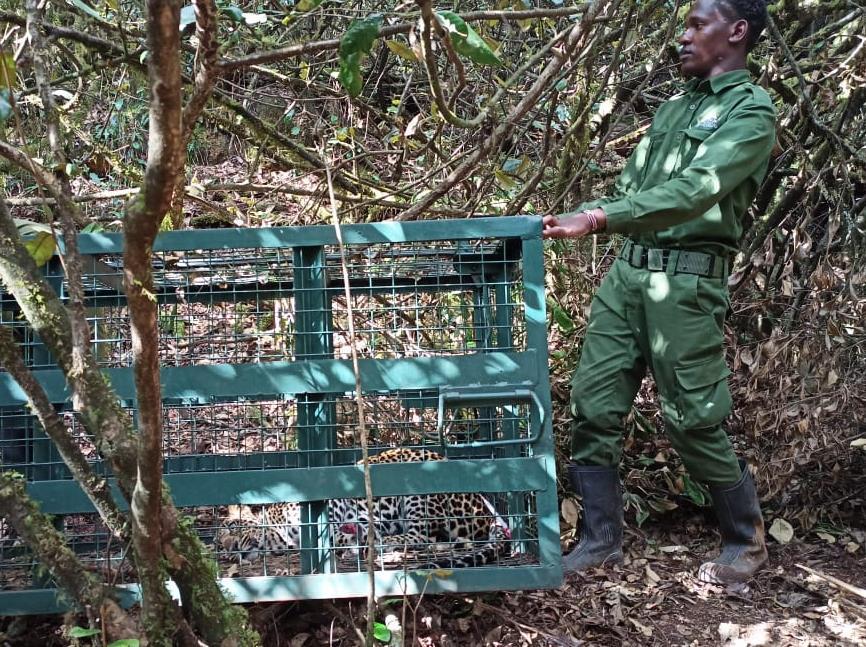
Immobilisation, examination and treatment
The leopard was approached on foot and darted on the left shoulder with 200 mgs Ketamine and 5 mgs Medetomidine. The drug took effect after 15 minutes with the animal in sternal recumbency. Treatment and anaesthesia monitoring was done simultaneously The leopard was in good body condition. However, its front right limb had been amputated at the carpal joint. The traumatic injury was most likely caused by a snare.


The wound was debrided with Hydrogen peroxide, flushed with Iodine and covered with Oxytetracycline spray. Additionally, 1000 mgs Amoxicillin was administered intramuscularly.
Relocation and prognosis
The leopard was then loaded for transportation to the Nairobi Animal Orphanage. It has a good prognosis.
Case 1 22nd August 2022
Elephant Natural Causes
Loisaba Conservancy
The Loisaba team reported an adult elephant bull that was limping and had a swelling at the stifle joint of its right hind leg
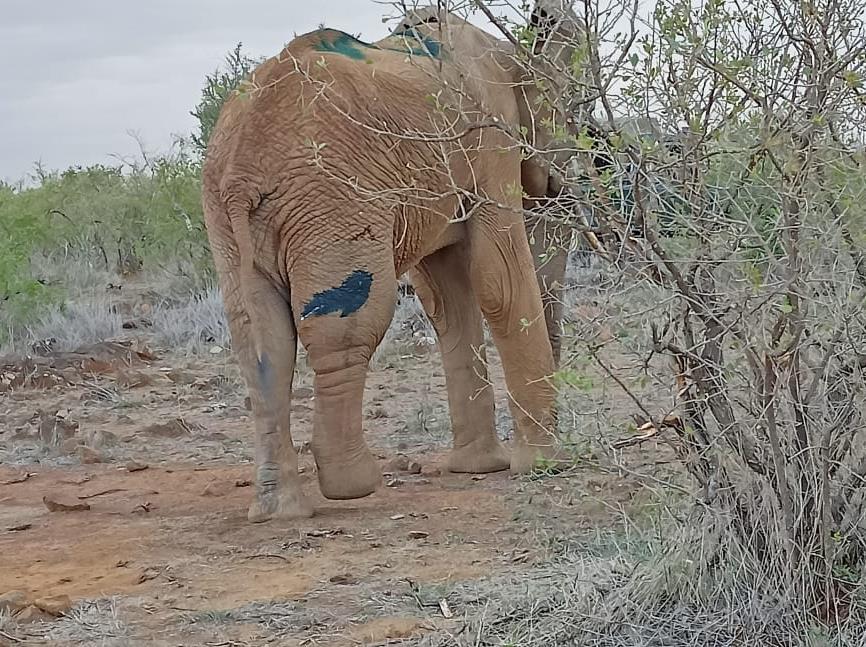
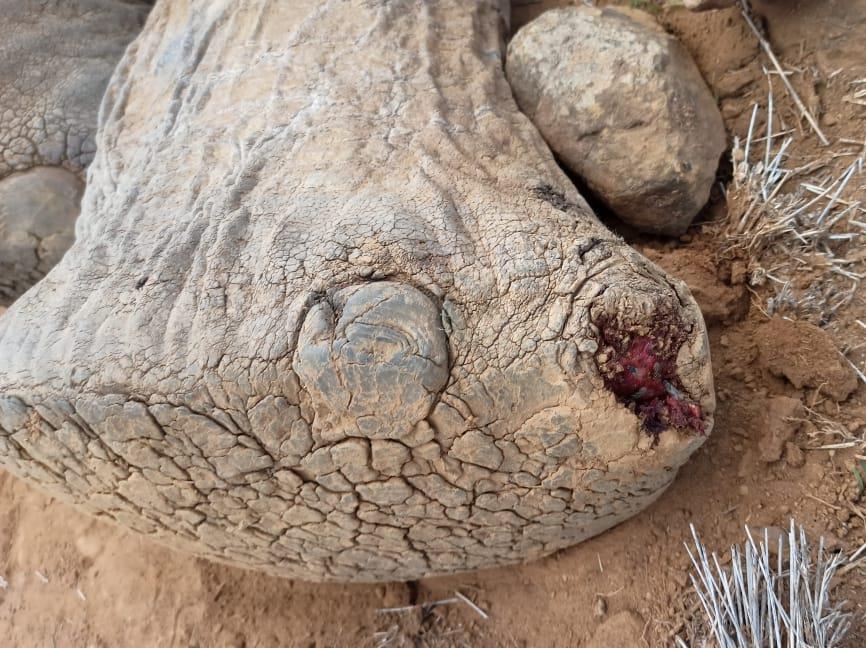
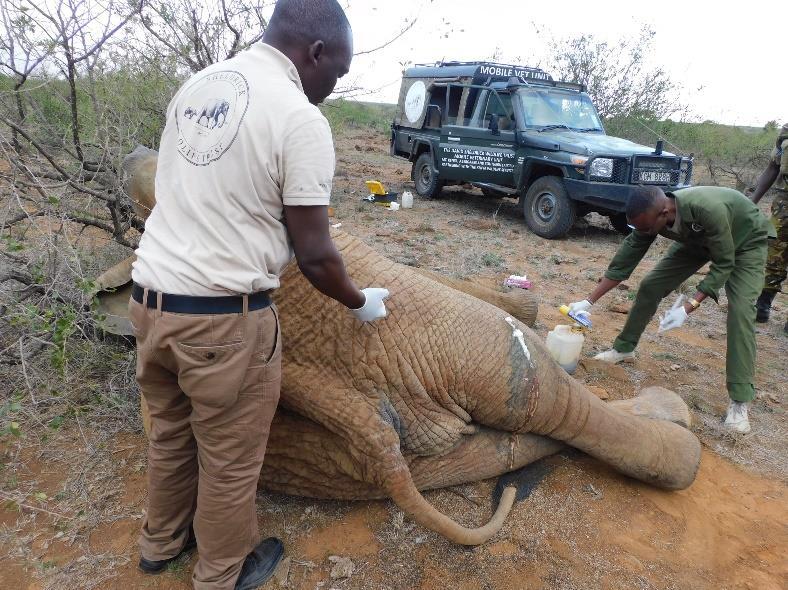

Immobilisation, examination and treatment
The elephant was darted on the right rump from a vehicle with 18 mgs Etorphine. The drug took effect after 5 minutes with the animal on its left side. The elephant had a superficial injury on the lateral aspect of the affected right hind limb and had a massive swelling at the stifle joint. It was suspected that the joint had dislocated during a territorial fight with another elephant. There was a detached toe on the right limb since the elephant was constantly dragging the affected limb. 15,000 mgs Amoxicillin, 24,000 mgs Calcium and 5,000 mgs Flunixine meglumine were given intramuscularly. The wounds were debrided with Hydrogen peroxide, flushed with Iodine then sprayed with Oxytetracycline. Anaesthesia was reversed with 48 mgs Diprenorphine administered via the ear vein and the animal rose 4 minutes later.
Prognosis
The prognosis for this elephant is guarded since the dislocated joint will cause considerable pain and reduced movement and feeding
Case 2 24th August 2022
Rhino Natural Causes
Ol Pejeta Conservancy
While on patrol, the Ol Pejeta team spotted a male white rhino with an injury on the right eye suspected to have been sustained during a territorial fight with another rhino.

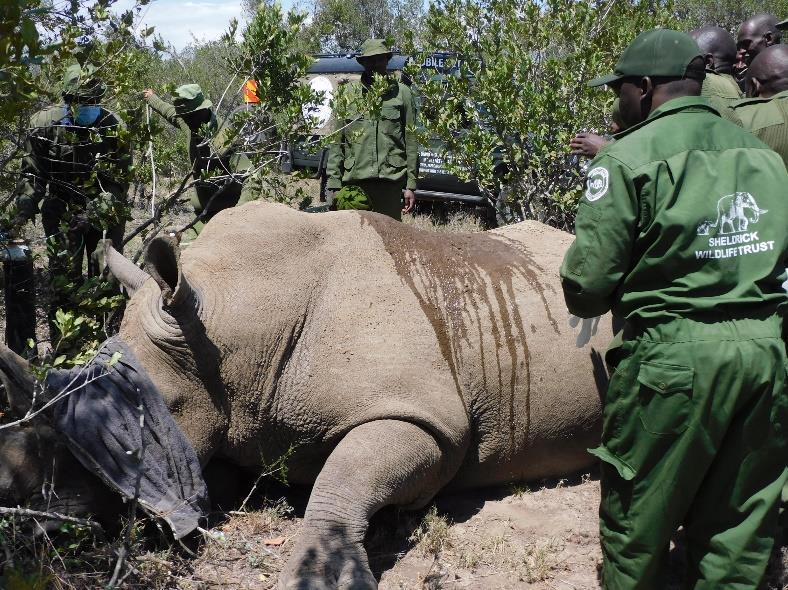
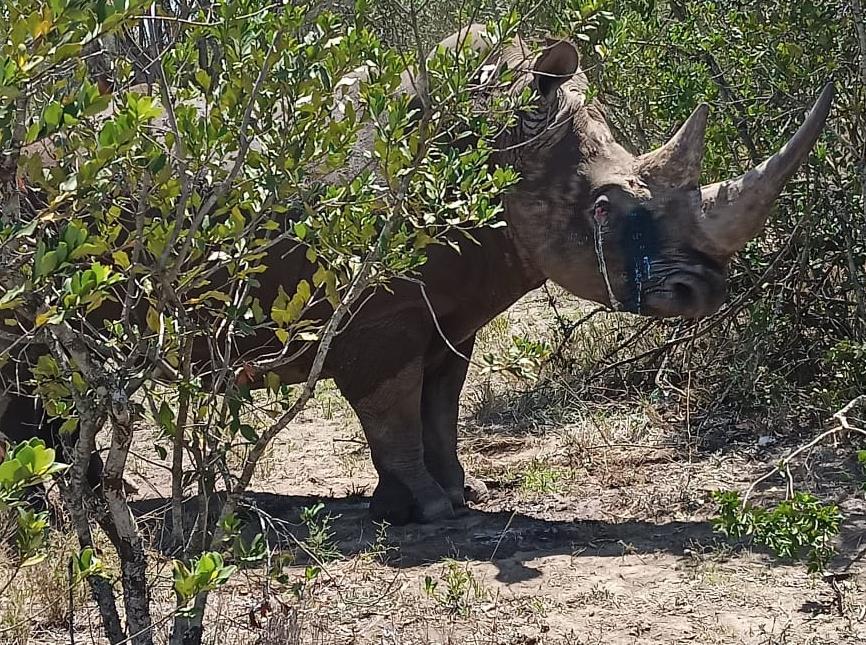
Immobilisation, examination and treatment
The rhino was darted on the right rump with 5 mgs Etorphine and 80 mgs Azaperone using a Dan inject compressed CO2 dart gun. The drug took effect after 6 minutes with the animal on sternal recumbency. Treatment and anaesthesia monitoring was done simultaneously. Oxygen supplementation was administered as well as 80 mgs Butorphanol given intravenously through the ear vein as supportive treatment to improve breathing. The rhino had a superficial injury on the eyelid of the right eye. The wound was flushed with Iodine then antibiotics (15,000 mgs Amoxicillin) and anti inflammatories (80 mgs Dexamethasone) were administered intramuscularly. 100 mgs Naltrexone administered intravenously and 24 mgs Diprenorphine administered intramuscularly were injected to reverse anaesthesia. The animal rose after 3 minutes.
Prognosis
The rhino has a good prognosis since the injury was detected and managed early.
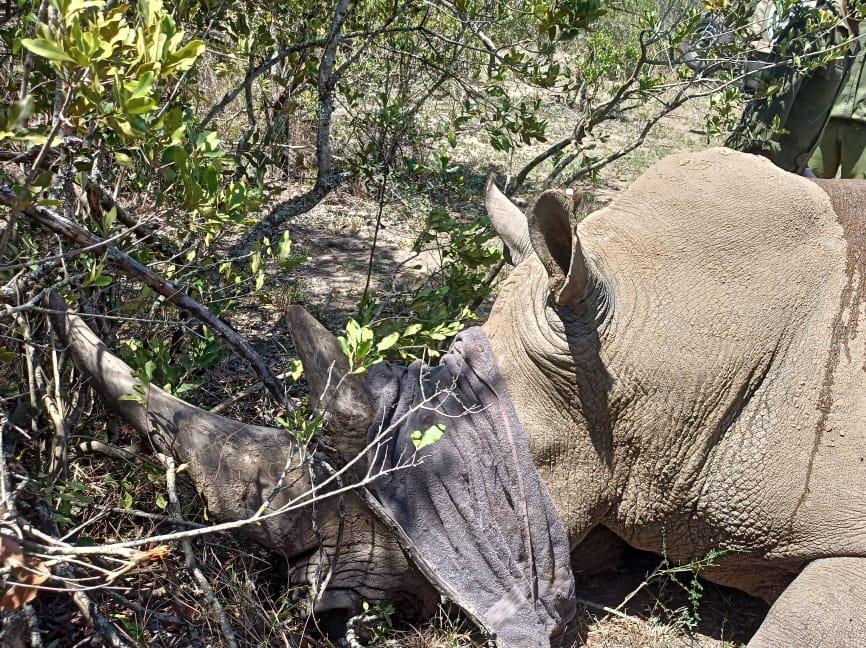
Case 3 24th August 2022
Cheetah Natural Causes
Mt. Kenya Wildlife Conservancy
Two (2) captive cheetahs, male and female, were reported to be unwell. They both had a productive cough, were vomiting immediately after eating with diarrhea thereafter.
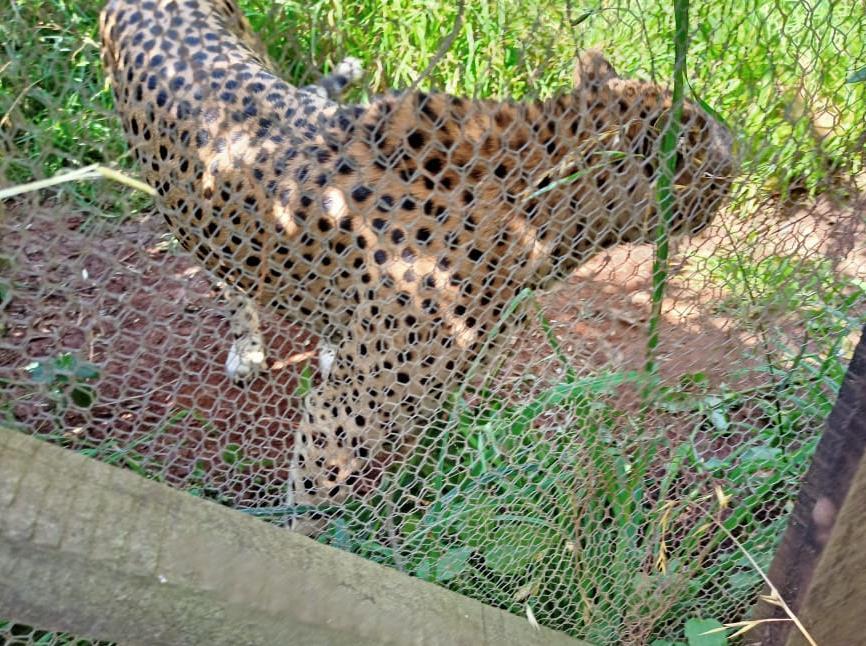


Immobilisation, examination and treatment
The captive cheetahs were manually restrained for physical examination and treatment. The animals had good body condition. It was observed that both cheetahs had a productive cough and soiling around the perineal region. Both cheetahs were diagnosed with bacterial pneumonia and gastroenteritis and treated. 3,000 mgs Amoxicillin, 8 mgs Dexamethasone and 5 mls multivitamins were administered intramuscularly to each animal.
Prognosis
The cheetahs have a good prognosis due to timely detection of their illness and prompt intervention.

Case 4 & 5 25th August 2022
Lion Collared Mpala Wildlife Conservancy
At the request of Kenya Wildlife Service (KWS), the Mt Kenya Veterinary Unit fitted a radio collar on an adult lion in Mpala Wildlife Conservancy to aid in close monitoring of the resident pride of 10 lions and deter them from frequent livestock predation in the neighbouring community areas.



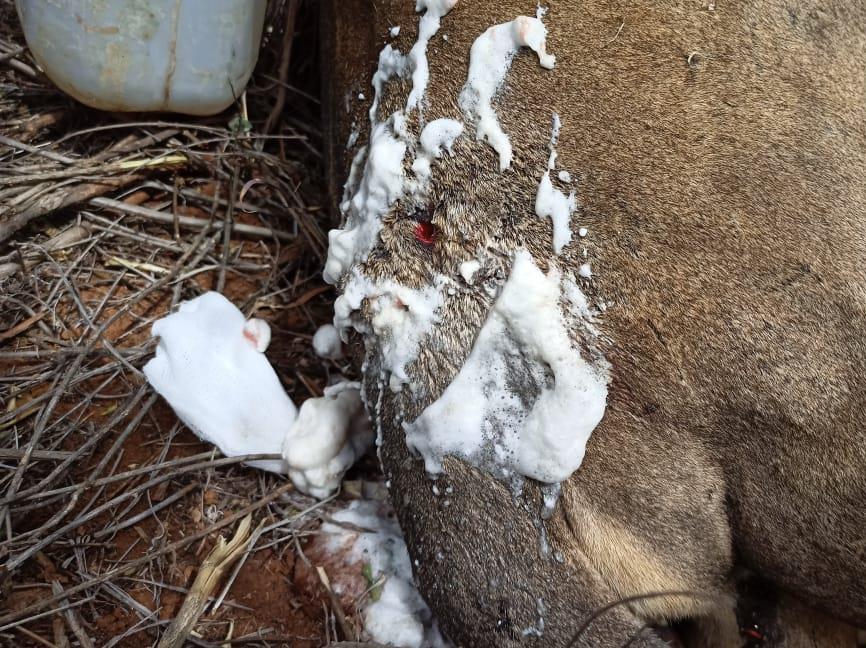
Immobilisation, examination and treatment
The lion was darted on the right rump with 300 mgs Ketamine and 8 mgs Medetomidine The drugs took effect after 15 minutes with animal on right lateral recumbency. The lion was healthy and in good body condition, it had a minor injury on the right rump. After the lion was successfully collared, the minor injury on its right rump was debrided with Hydrogen peroxide, flushed with Iodine and sprayed with Oxytetracycline. Anaesthesia was reversed with 15 mgs Atipamazole administered intramuscularly. The animal rose after 15 minutes.
Prognosis
The lion has a good prognosis.
Case 6 28th August 2022
Lion Collared
Loisaba Conservancy
Immobilisation, examination and treatment
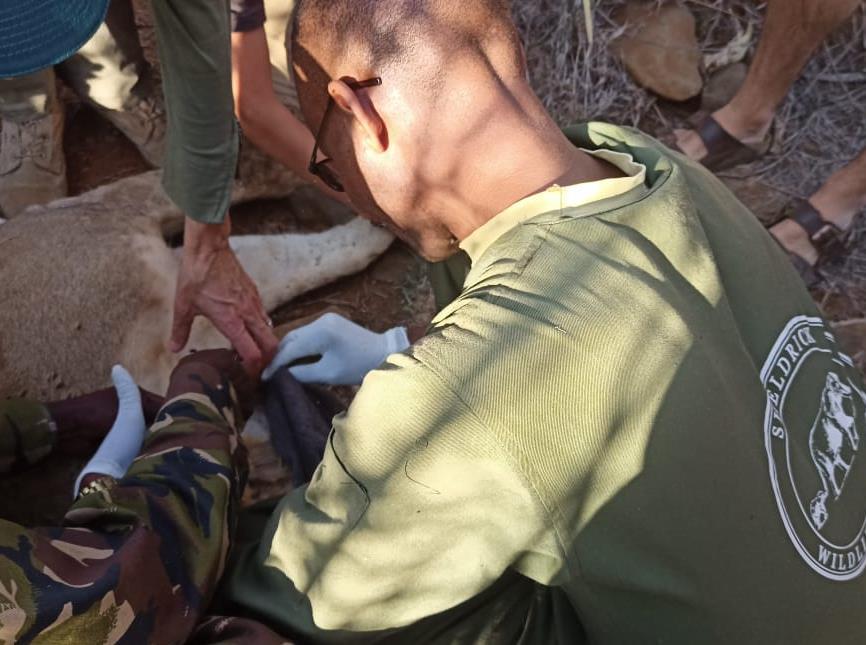
The lion was darted with 300 mgs Ketamine and 8 mgs Medetomidine from a vehicle with a Dan inject compressed CO2 dart gun. The dart landed on the rump. The drug took effect after 15 minutes and the animal went down on its right lateral recumbency. Treatment, anaesthesia monitoring and collaring was done simultaneously. The animal was healthy and in good body condition. The lion was successfully collared then anaesthesia was reversed with 15 mgs Atipamazole administered intramuscularly. The lion rose after 15 minutes.



Prognosis
The lion has a good prognosis.
Case 7 30th August 2022
The Mount Kenya Veterinary Unit successfully collared a sub adult lioness in Loisaba Conservancy































